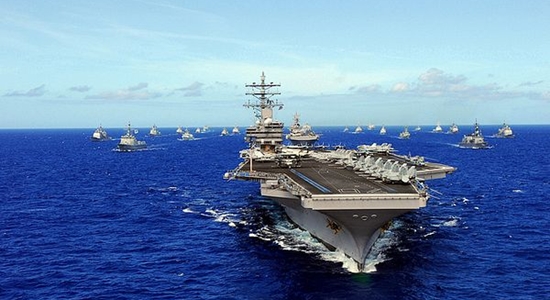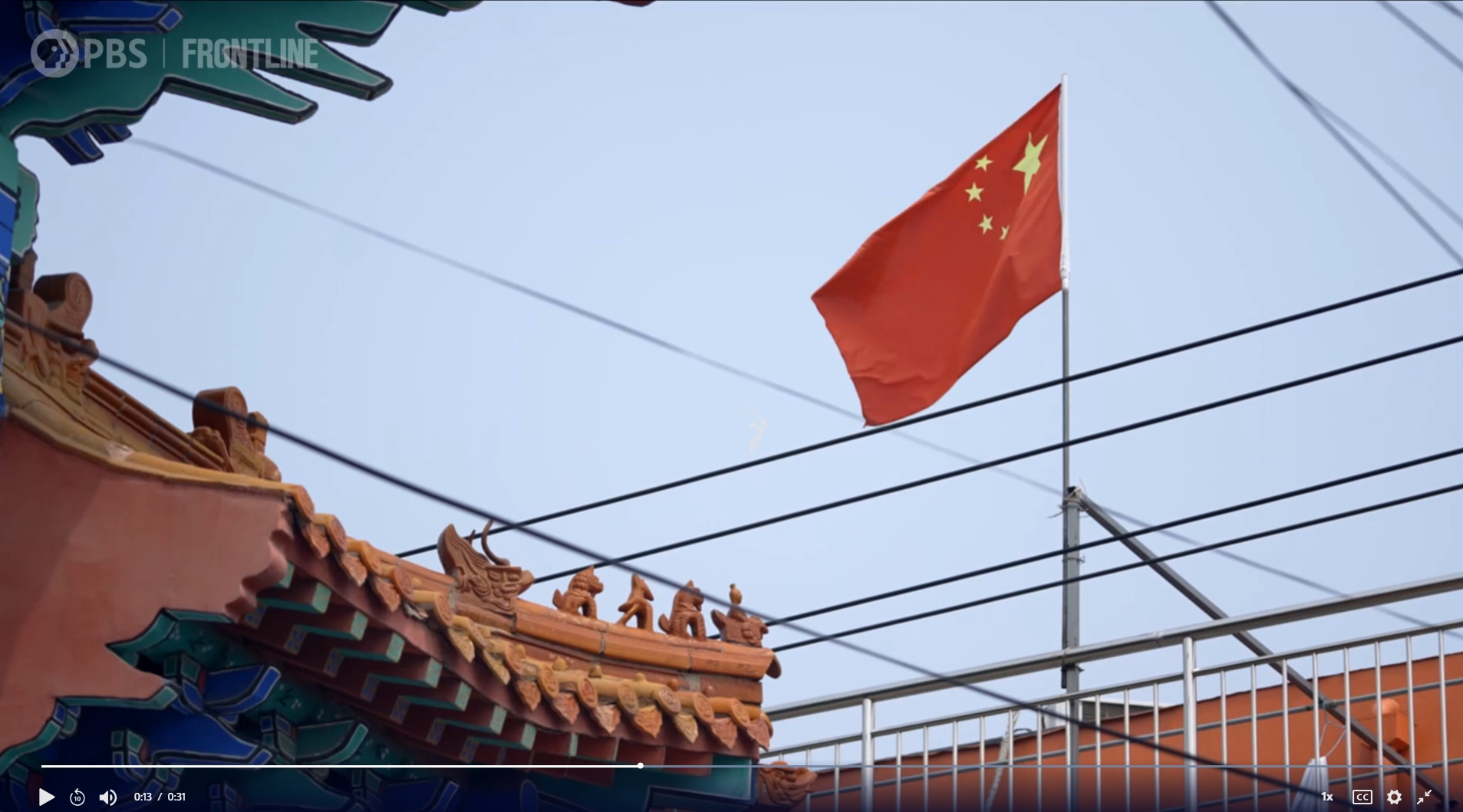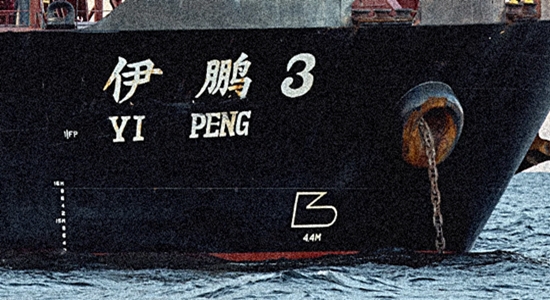
At what point can we can say that China will have achieved naval superiority over the United States? Would that be based on number of ships, quality of ships, number of anti-ship munitions, numbers of sailors, naval air capabilities? All of the above?
Last year, the Project on Government Oversight (POGO) reported that “the People’s Liberation Army Navy is significantly larger than the U.S. Navy. It has a fleet of approximately 355 battle force ships, while the U.S. Navy has 292. Of these, only 248 [U.S. ships] were in active commission as of September 2022.”
It also looks like 44 U.S. ships are inactive.
In its 2023 report to Congress covering Chinese military developments through the end of 2022, the Pentagon updated the count for the PLA Navy, indicating that China “has numerically the largest navy in the world with an overall battle force of over 370 ships and submarines, including more than 140 major surface combatants.”
A home advantage
Consider also that the inferior numbers of U.S. ships are distributed all around the world, whereas the superior numbers of Chinese ships are concentrated near home waters and near America’s Asian allies. China’s home advantage also means that large stocks of land-based planes and missiles are readily available to support the superior numbers of the Chinese navy.
POGO further observed that “in war games simulating a Chinese invasion of Taiwan conducted by the Center for Strategic and International Studies in 2022, intervening American forces lost more than 900 aircraft—about half of the current Air Force and Navy inventory—and a large part of the U.S. Navy’s surface fleet.”
War games can help quantify the disaster that could result from defending Taiwan with the current force structure. It may not be all this bad; the U.S. would not be fighting China alone. But which allies would join the effort and with what naval assets is uncertain.
One argument in favor of the naval status quo cites tonnage, a factor that both POGO and the Brookings Institute ask us to consider. As Brookings puts it, “because U.S. ships are typically much bigger, America’s naval tonnage exceeds China’s by a ratio of about two to one.” We don’t have more ships but we do have bigger ships.
Yes, our ships are bigger because they have to travel farther, carry more, and stay at sea longer. This is not an advantage.
Toshi Yoshihara, with the Center for Strategic and Budgetary Assessment, believes that if major Japanese ports which normally host U.S. warships come under severe attack in a conflict between China and the U.S. in the region, American assets like aircraft carriers “will have to pull back to the second island chain, maybe even east of the second island chain, because even Guam is not a sanctuary anymore.” But he adds that the American ships might be able to fight their way back into the arena later in the war.
Envisioning an outbreak of war in which the U.S. Navy flees to escape missile volleys, Yoshihara is not in sync with U.S. carrier admirals like Rear Admiral Carlos Sardiello, who discount the missile threat. According to Sardiello, commander of the USS Carl Vinson strike group, “Our highly trained sailors can operate [in] these complex, contested domains and be lethal and survivable, and execute the mission regardless of what the threat is. I am absolutely confident that the carrier strike group can execute the mission that it was designed to do effectively and safely.” Including against Chinese missiles.
Wonderful. He is absolutely confident.
Bigger fleets win
Admirals once gave us “I have not yet begun to fight” and “Damn the torpedoes. Full speed ahead!” Less memorable, perhaps, is “The carrier strike group can execute the mission that it was designed to do effectively and safely.”
Apart from tonnage and missiles, there is the question of quality versus quantity.
Last year, retired U.S. Navy captain Sam Tangredi published a paper, “Bigger Fleets Win,” citing “historical research on 28 naval wars (or wars with significant and protracted naval combat).” Of these 28 wars, 25 “were won by the side with the larger fleet…. Estimates vary, but some assessments contend that by the end of this decade, the [Chinese] fleet will reach 460 ships as the U.S. fleet sinks to perhaps as low as 260.”
And he asks whether “the United States and its allies [can] be assured that they possess strategy, technology, or training so superior” that they can beat these odds.
To put it another way, how many gold-plated, supersized white elephants will be needed to get the job done “effectively and safely”?
At The Hill, Atlantic Council advisor Harlan Ullman has suggested that there will never be enough, that “the U.S. now has a military force designed to fight one war, presumably against China, at a cost of about $900 billion a year. And this is a war the U.S. will not or cannot win for many reasons.”
Our ingrained bias in favor of technology is cultural and rock-steady, and our belief in law and lawyers knows few bounds.
In a February 6 piece, The Washington Times tells us that “the Indo-Pacific Command legal office has prepared reports defining the legal basis for future American military action” against China.
“In May, the office launched a ‘counter-lawfare’ program—information operations designed to prevent China from using its notion of law to achieve military objectives….The J06 lawyers are on the front lines of the information war with Beijing, pressing for what the command calls the rules-based international order and working for a region free from Chinese military coercion.”
Chinese lawyers and American lawyers going head-to-head in the Taiwan Strait? Maybe we have a chance after all.
Two cultures
Or perhaps we can adopt the tried-and-true method of winning war of imitating what the enemy is making, deploying, and doing while outproducing him.
Our culture may not allow that, however. And no military—not America’s, not China’s—can transcend its country’s political culture. Perhaps China’s culture of corruption, shortcuts, and rigidity will limit the vast material superiority of its navy just as our technological hubris limits our naval inferiority. □
James Roth works for a major defense contractor in Virginia.





